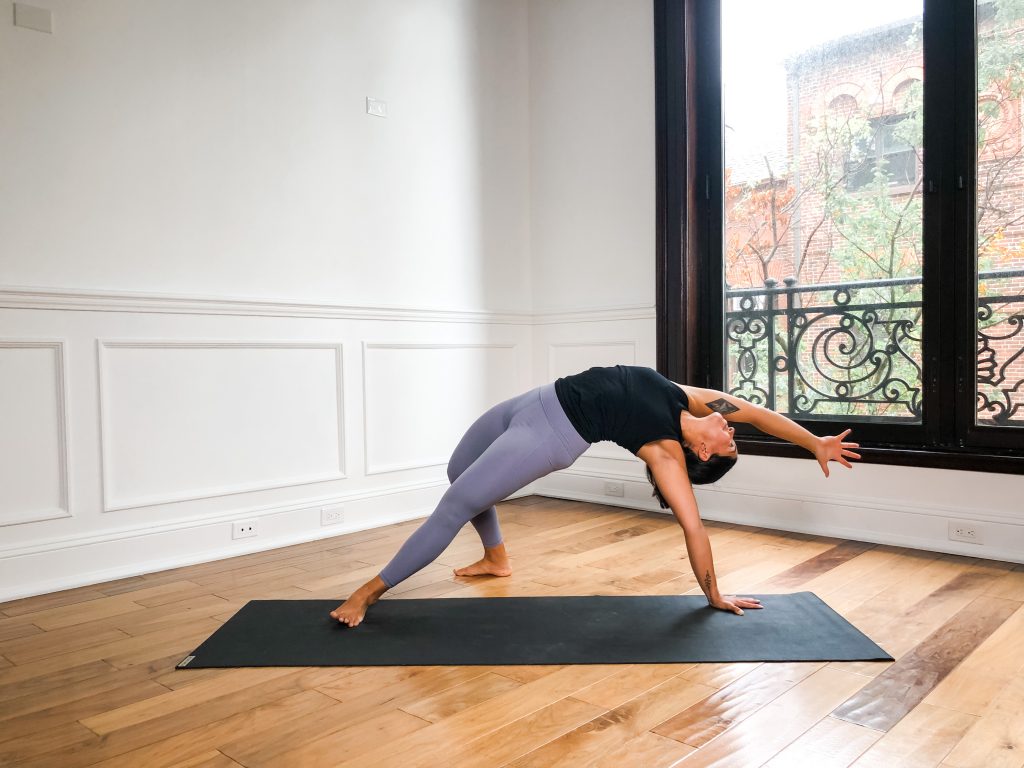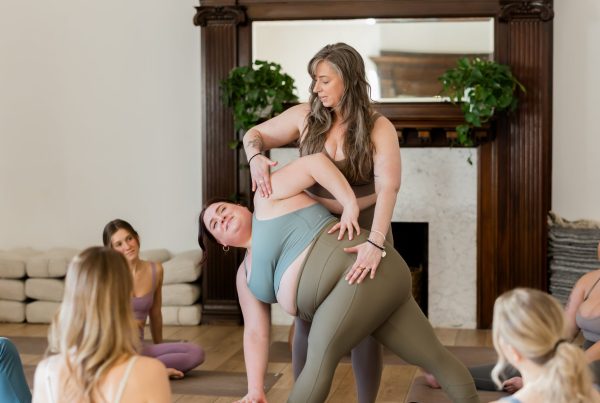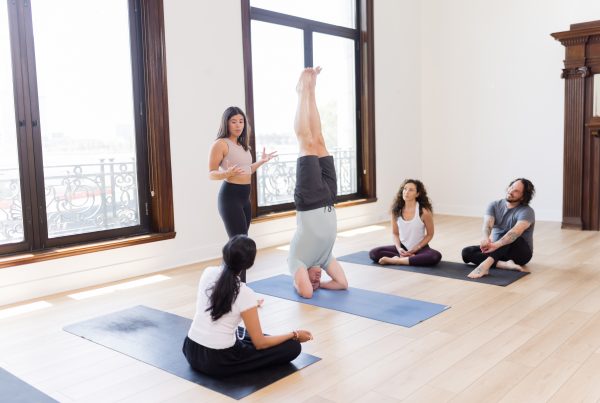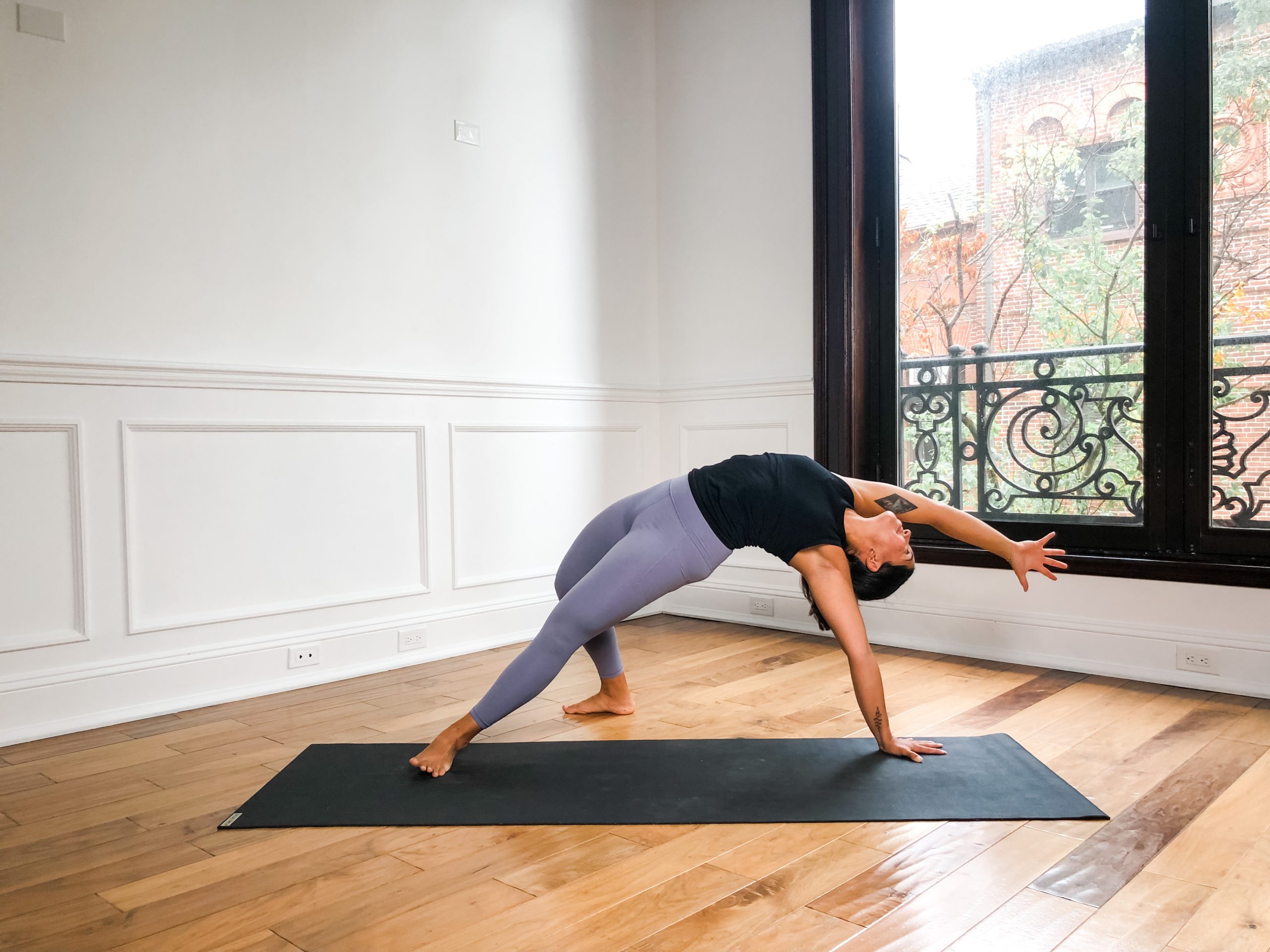
Have you ever been in a relationship, or another situation, where you felt you could not express yourself? I certainly have.
The feeling of not being able to express myself is all things opposite of how I genuinely want to feel in my life as my highest and best self. Love, freedom, safety, connectedness, vitality are just some of the elevated emotions I consistently call into awareness for my highest self.
Any time I am in a space where I feel like my true self will not be supported or accepted, I slip into feelings of fear, worry, apathy, suppression, disconnectedness amongst other disempowering emotions that might arise. These types of emotions certainly do not support my highest and best self and definitely do not support me in working in the direction of the life I truly desire and deserve for myself.
The crazy thing about our emotions is how powerful they are. If we fail to check in with ourselves, our emotions can cause a negative feedback loop of disempowering states, within our internal and external world.
On the other side of the coin, the way our emotions can cause a negative feedback loop, they can also cause a positive feedback loop of empowering states. Practices, such as yoga, gives us the tools to be able to notice ourselves (physical body, mental body, emotional and spiritual body). This creates opportunities to become aware of when we are not in full expression mode. I don’t know about you, but when I am in a situation where I cannot fully express myself or be myself, I feel it within every layer of my being. My skin tingles, my chest feels tight, my head hurts, and I overall feel a sense of dullness.
This gives me a signal that something needs to change. Yes, putting myself into a different environment and around different people might be part of that change, but the first step is loving myself enough to want to make that change. Even if it takes effort.
It takes practice to not only become aware of oneself, but to be able to trust oneself in order to make the changes necessary (which often involves stepping outside of our comfort zones) to allow our truest, highest, and best selves to bloom. But I know I can speak for myself when I say the feelings of being able to embrace myself, express myself, and spread my wings are completely worth any initial discomfort. Sometimes we don’t even notice how much we are hiding ourselves until we finally let go and let ourselves truly live.
I couldn’t think of a better pose to highlight self-expression than Wild Thing; there is an openness and a playfulness within this posture that feels very appropriate for this week’s sequence. Let’s get to it…
Supporting Pose 1: 3-Leg Downward Facing Dog (Eka Pada Adho Mukha Svanasana)
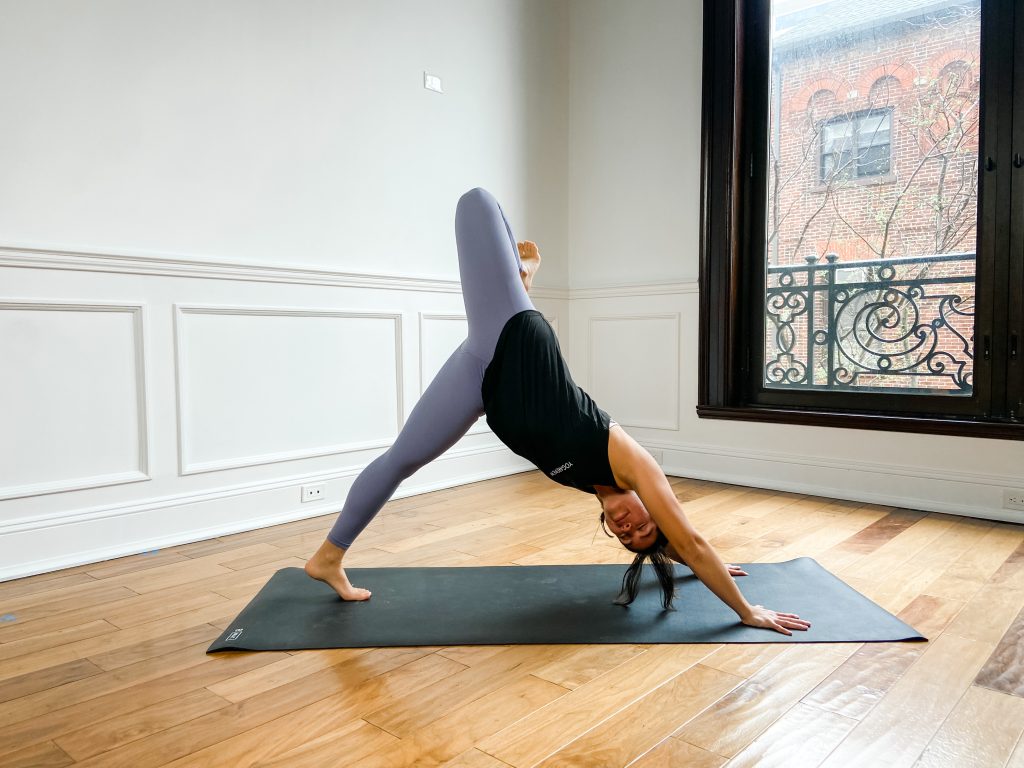
One of the entry ways into Wild Thing is from a 3-Leg Downward Facing Dog. This entry (compared to side plank) starts the hips high which is what we are going for in Wild Thing. Taking time to use this pose as a prep pose is worthwhile if you’re planning to enter from here.
How to:
- From Downward Facing Dog, take the right leg high to the sky behind you.
- Bend the right leg so the front of the right thigh and hip are open and long.
- Firm the sacrum in to assist the opening of the front of the pelvis.
- Keep the left leg and arms firm on the ground and allow your torso to turn towards the right. Turning the torso might not always be appropriate, but in this case that is an action we will take when coming into the peak pose.
- Look under the right armpit.
Supporting Pose 2: Peaceful Warrior (Shanti Virabhadrasana)
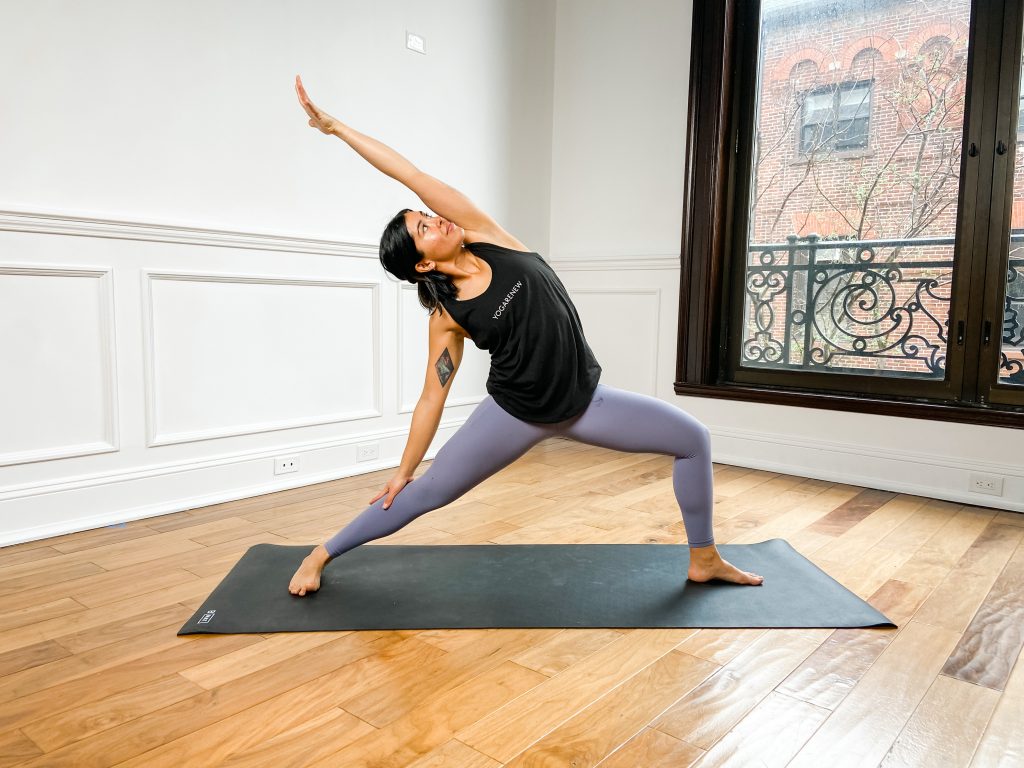
Peaceful warrior is an excellent pose for creating expansion in the body, particularly the sides of the body which is great for back-bending. This pose also has the arm reaching alongside the ear, similar to Wild Thing.
How to:
- From Warrior II, take your back arm to your back leg.
- Flip the front hand to the sky and then sweep the arm up and overhead towards the back of the room. Attempt to bring the arm right alongside the ear. Extend through the fingertips.
- Keep the belly facing the side wall (as opposed to twisting it towards the sky) and look underneath the armpit towards the ceiling.
Supporting Pose 3: Side Plank (Vasisthasana)
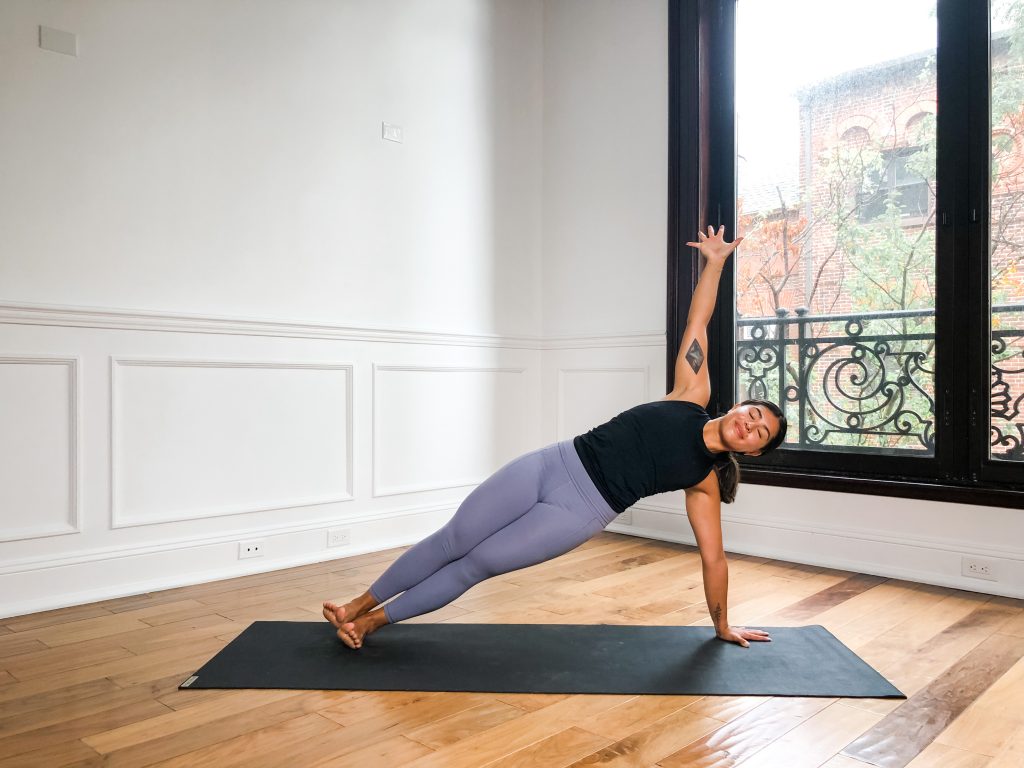
Side Plank is an awesome prep pose for Wild Thing as it preps the actions within the arms, pelvis, and feet for the peak.
How to:
- From Downward Facing Dog, bring the legs together.
- Keep the left palm down on the ground with fingers spread wide and evenly.
- Swivel your heels to the left and balance on the outer blade of your left foot. Stack the right foot on top and keep pressing the feet together while spreading the toes.
- Lift the right arm to the sky while externally rotating the left, supporting arm. This will open the belly to the side wall.
- Press into the left hand and foot to lift the body up.
Peak Pose: Wild Thing (Camatkarasana)
How to:
- From Downward Facing Dog, lift your right leg high to the sky and come into a 3-Leg Downward Facing Dog.
- Begin to reach your right foot towards the floor behind you while spinning the left heel towards the floor, similar to the foot’s rotation in Side Plank.
- As the actions of the feet are taking place, lift the left arm off the floor.
- Begin to turn your belly to the sky as you externally rotate the right, bottom arm and plant the right foot to the floor behind you. Now take the left arm overhead and reach to the front of the room.
- Press your right hand and feet into the ground and firm the sacrum in to encourage a backbending shape.


